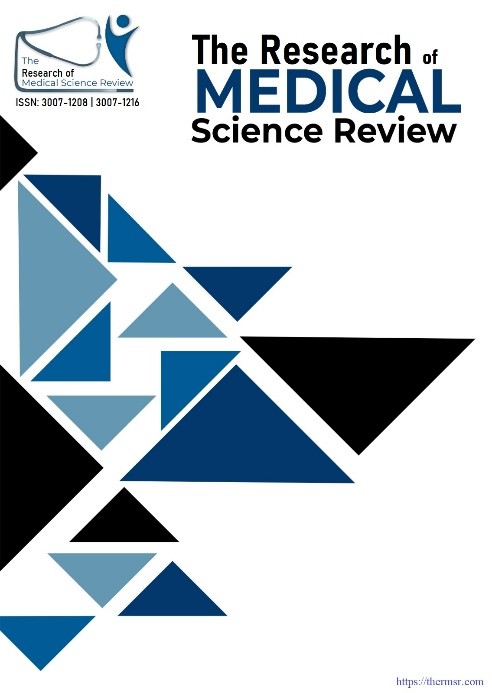PREVALENCE OF NORMAL ANATOMICAL VARIATION IN CIRCLE OF WILLIS AMONG PATIENTS UNDERGOING MAGNETIC RESONANCE ANGIOGRAPHY IN SHIFA INTERNATIONAL HOSPITAL
Main Article Content
Abstract
Objectives: To determine the prevalence and pattern of normal anatomical variations of the Circle of Willis in adult patients undergoing magnetic resonance angiography (MRA) at Shifa International Hospital. Methodology: The study planned at Department of Radiology, Shifa International Hospital, Islamabad during the period of six months following ethical approval (June-Nov, 2023). This cross-sectional study was conducted on 235 patients aged 18–80 years undergoing MRA for various indications. Exclusion criteria included vascular malformations, tumors, diabetes, hypertension, and cerebrovascular events. MRA was performed using a 1.5 Tesla MRI scanner with 3D time-of-flight technique. Anatomical configurations were documented and analyzed using SPSS v20.0.
Results: The most common COW variant was Type D (14.9%), followed by Type H (14.0%), B (13.2%), and A (12.3%). Complete circle configurations were uncommon. Variants were more frequent in posterior circulation. No statistically significant association was found between variant type and age (p=0.305) or gender (p=0.833), though variant P was more common in females and older individuals.
Conclusion: Anatomical variations in the Circle of Willis are common in the local population, with posterior segment variations predominating. Knowledge of these patterns is essential for neurovascular planning and risk assessment.
Downloads
Article Details
Section

This work is licensed under a Creative Commons Attribution-NonCommercial-NoDerivatives 4.0 International License.
